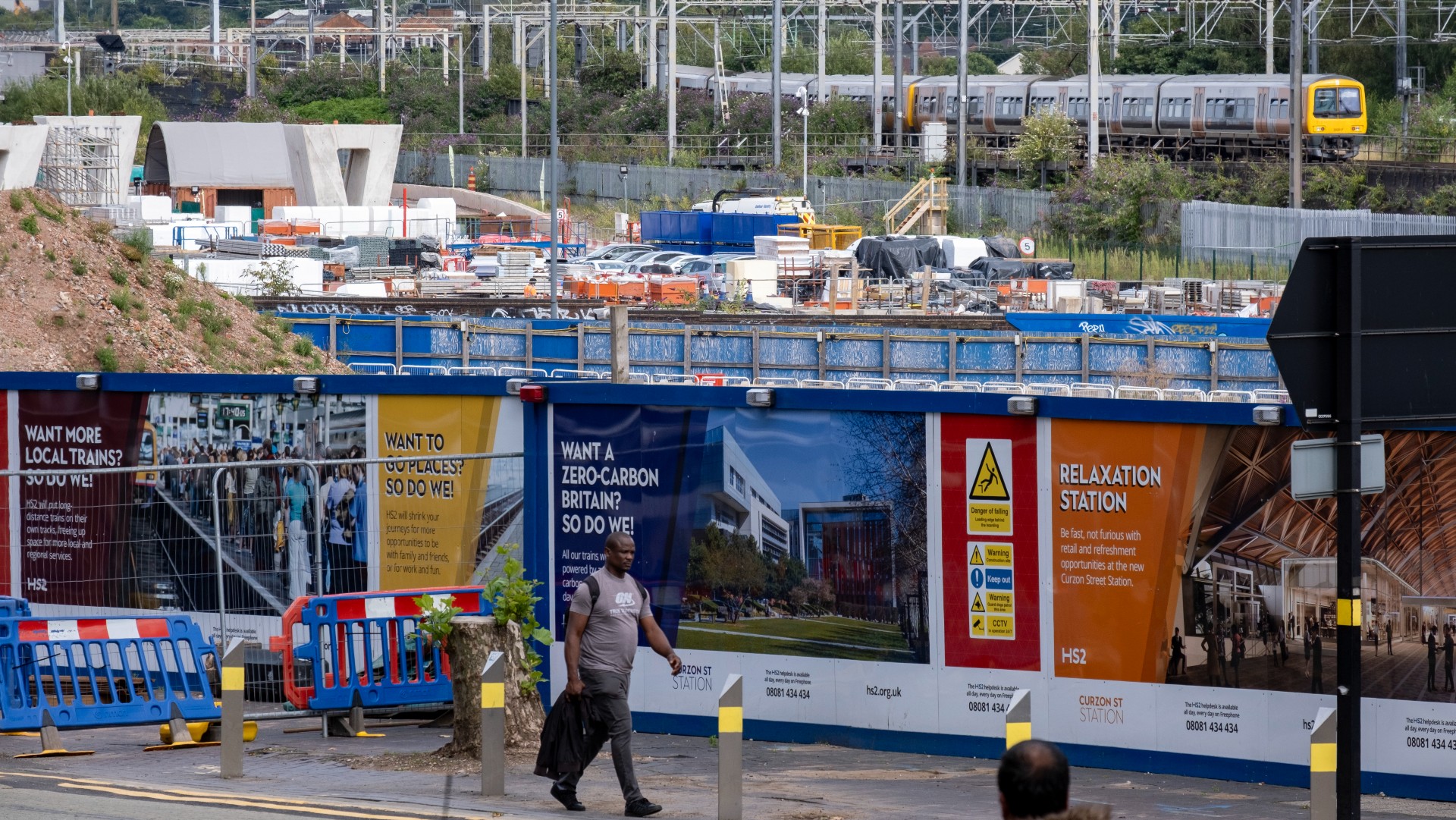Double-decker trains: when might they come to the UK?
Designers are planning new double-decker trains for some of the UK's busiest railway lines

Tired of being forced to stand on cramped trains? There could be light at the end of the tunnel: designers are working on plans for double-decker trains for some of the UK's busiest railway lines.
The Rail Safety and Standards Board, which is running a competition to find ways to ease overcrowding, said that some of the new concepts could be introduced between 2020 and 2022 to "address the challenges facing the UK rail industry".
Why do we need them?
The Week
Escape your echo chamber. Get the facts behind the news, plus analysis from multiple perspectives.

Sign up for The Week's Free Newsletters
From our morning news briefing to a weekly Good News Newsletter, get the best of The Week delivered directly to your inbox.
From our morning news briefing to a weekly Good News Newsletter, get the best of The Week delivered directly to your inbox.
The double-decker trains have been proposed as an answer to overcrowding on some of the UK's busiest railway lines. It is hoped they could tackle the problem, particularly at peak times.
Data from the Department for Transport showed recently that more than one in five passengers on London commuter trains is forced to stand due to worsening levels of overcrowding.
Almost 250,000 commuters were being forced to stand on trains into major British cities each morning, with services running at 3.5 per cent over capacity. The busiest service in the country is the 4.22am service from Glasgow to Manchester airport, which runs at 186 per cent of capacity at its peak.
Why haven't we done this before?
A free daily email with the biggest news stories of the day – and the best features from TheWeek.com
Although double-decker trains are already used in other parts of Europe, Britain's low bridges and tunnels have ruled them out of being introduced here.
In the 1950s, double-decker trains were introduced between London and Kent but the experiment failed because of a series of problems, including poor ventilation on the upper deck, cramped conditions and technical difficulties.
How might it work this time?
Under new plans, train compartments would be lowered towards the tracks to create the height needed to accommodate two-deck carriages.
As Trevor Bradbury of the Rail Safety and Standards Board tells The Times: "When you walk on to a train nowadays, you step up on to the carriage. There is actually a lot of space that you can use beneath the vehicle, which is what this design does."
To create even more space in the new trains, aisles on both decks would be positioned to the side rather than along the middle.
-
 Received a gift card this holiday season? Here’s how to maximize it.
Received a gift card this holiday season? Here’s how to maximize it.The Explainer Make the most of your present
-
 ‘Lumpy skin’ protests intensify across France as farmers fight cull
‘Lumpy skin’ protests intensify across France as farmers fight cullIN THE SPOTLIGHT A bovine outbreak coupled with ongoing governmental frustrations is causing major problems for French civil society
-
 The best books of 2025
The best books of 2025The Week Recommends A deep dive into the site of a mass shooting, a new release from the author of ‘Atonement’ and more
-
 Is it finally all change for train Wi-Fi?
Is it finally all change for train Wi-Fi?In The Spotlight South Western Railway's 5G Wi-Fi service has changed the way passengers connect – but will the new system catch on?
-
 Brief Canada rail lockout ends with arbitration
Brief Canada rail lockout ends with arbitrationSpeed Read A prolonged shutdown could have threatened the country's supply chain
-
 HS2: a runaway train
HS2: a runaway trainTalking Point PM may cut Manchester to Birmingham line of beleaguered rail project due to spiralling costs
-
 Is Britain’s infrastructure failing?
Is Britain’s infrastructure failing?feature High costs, inflation, policy uncertainty and ‘nimby’ tax have led to ‘dire state’ of UK building projects
-
 ‘Ghost trains’ and armoured limos: how Vladimir Putin travels in secret luxury
‘Ghost trains’ and armoured limos: how Vladimir Putin travels in secret luxuryUnder the Radar Planes, trains and automobiles make up the Russian president’s fleet of undercover travel options
-
 How safe is India’s rail network?
How safe is India’s rail network?feature Narendra Modi’s costly modernisation programme in spotlight after worst train disaster in decades
-
 How safe is train travel?
How safe is train travel?feature The Week looks at the safety records of modern railways in Europe, the US and the UK
-
 Will HS2 be scrapped and what has it cost so far?
Will HS2 be scrapped and what has it cost so far?In Depth Experts say cutting costs on the controversial high-speed rail project could mean a slower and less regular service linking fewer locations